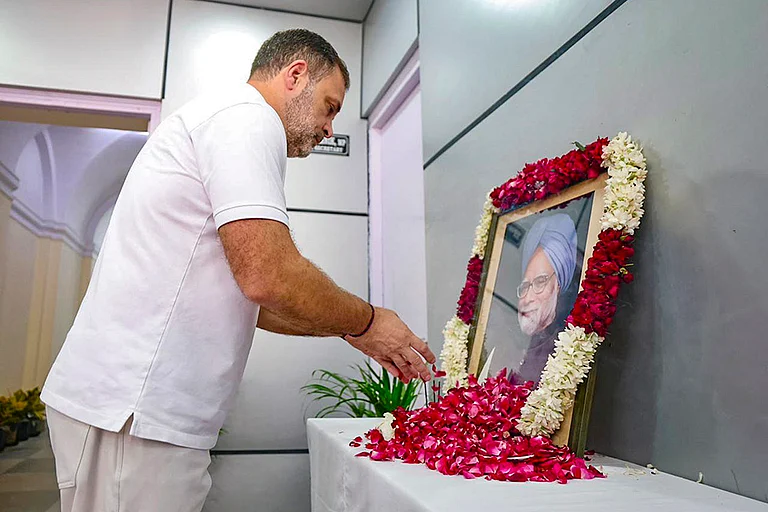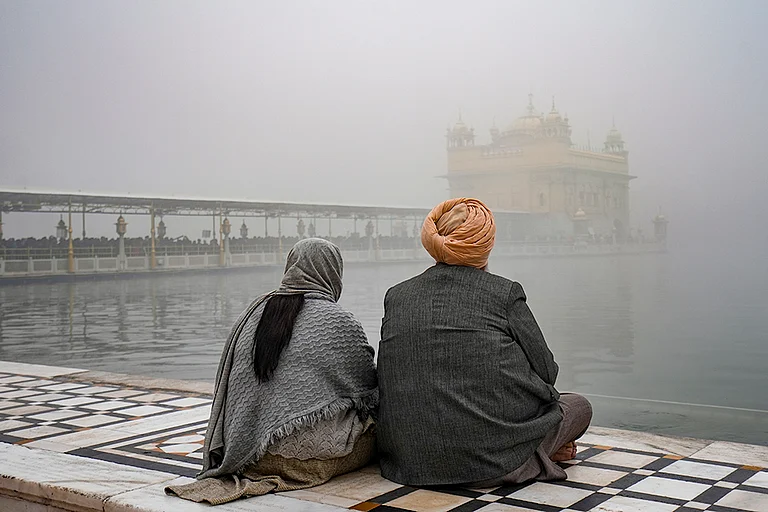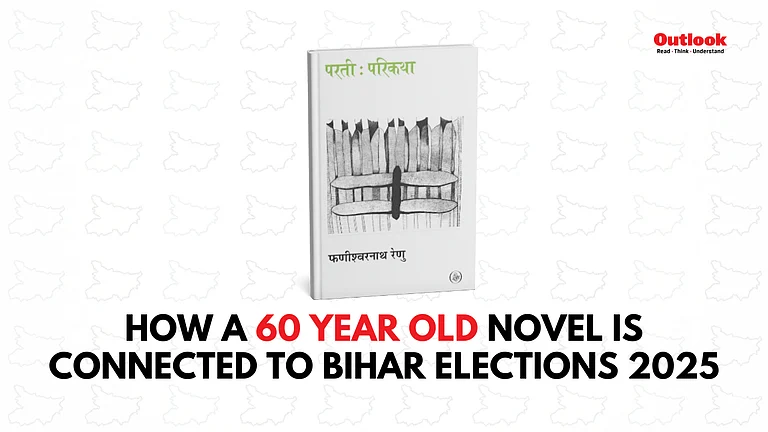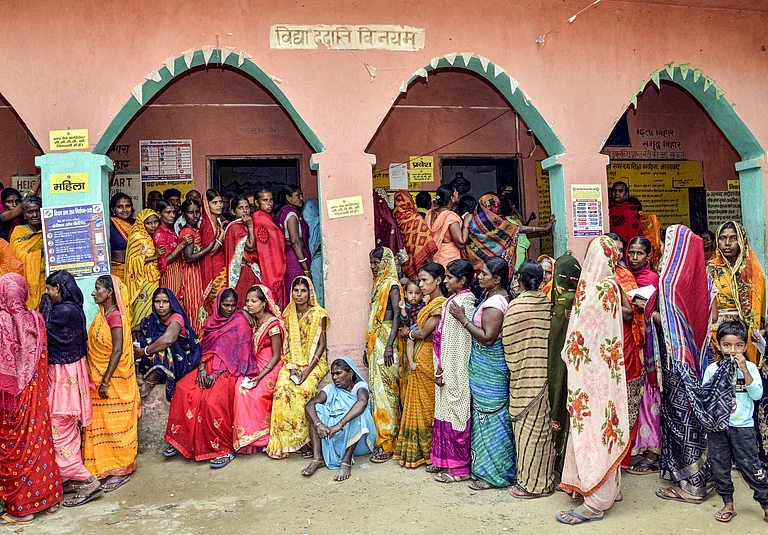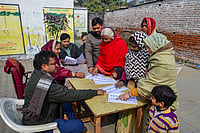Even as political parties continue to introduce welfare schemes and make grand promises that are exclusively catered for women, they only constituted around eight per cent of the total candidates in the fray for the first three phases of the ongoing Lok Sabha elections.
There were 135 women candidates in the first phase of elections, 100 in the second phase and 123 in the third – bringing the total to 358 out of 4,162 candidates – 8.6 per cent. The ongoing general elections come just over seven months after the Indian Parliament passed the historic and long-awaited women’s reservation bill or Nari Shakti Vandan Abhiniyam, that paved the way for the reservation of one-third of legislative seats for women. Yet, major political parties, barring the AIMIM, that overwhelmingly backed the idea of giving more representation to women, are still lagging behind in giving tickets to women.
As of May 8, three phases of Lok Sabha elections have been completed. With this, voting has been completed in 20 states/UTs and 282 Lok Sabha seats out of 543. The fourth phase will begin on May 13, wherein 96 constituencies in 10 states will head for polling. Over 85-lakh first time women voters will be participating in this year’s election. But how many women candidates have been in the electoral fray so far?
Women candidates in first phase
Out of 1,618 candidates who filed nominations for the first phase of elections, only 135 were women – eight per cent – while 1,483 were men.
Among the states and UTs that went to polls in phase one, Andaman and Nicobar Islands and Mizoram had the highest percentage (16 per cent) of female candidates. Six of the 21 states/UTs in phase one, including Chhattisgarh, Jammu and Kashmir, Lakshadweep, Manipur and Tripura had no female candidate.
Tamil Nadu fielded the highest number of women candidates in this phase: 76, but it only formed a meagre eight per cent of the total candidates in the state.
Women candidates in second phase
Out of 1,192 candidates who contested elections in the second phase, only 100 were women – eight per cent – while 1,091 were men and one candidate identified as third gender.
Among the states and UTs that went to polls in this phase, the percentage of participating female candidates was the highest in the constituency of Vadakara (40 per cent) in Kerala. Jammu and Kashmir, which did not see a single female candidate in phase one, had only one woman contesting in the second phase: former chief minister Mehbooba Mufti.
Women candidates in third phase
Out of 1,352 candidates in the fray for third phase of elections, only 123 of them were women – nine per cent (only a marginal rise from the previous two phases) while 1,229 were men.
Out of the 94 constituencies that went to polls during this phase, 34 of them had no female candidates contesting.
Upcoming phase four
The fourth phase of election will be held on May 13 with 1,717 candidates in the fray this time. However, only 170 of them are women – 10 per cent. While in West Bengal, 16 out of 75 candidates are women (21 per cent), in Uttar Pradesh, only 16 out of 130 candidates are women (12 per cent).
However, the BJP has fielded only 68 women candidates across 417 parliamentary seats (a little over 16 percent) this election. The party had fielded 38 in 2014, and 55 in 2019.
Out of 328 seats that Congress has announced candidates for, 42 are women. The party had fielded 60 in 2014 and 54 in 2019.
However, some regional parties like the Biju Janata Dal (BJD) lead the way in giving political representation to women. The party has given one-third of its Lok Sabha tickets to women this time, repeating its 2019 feat of fielding seven women from the 21 Lok Sabha constituencies in the state.








